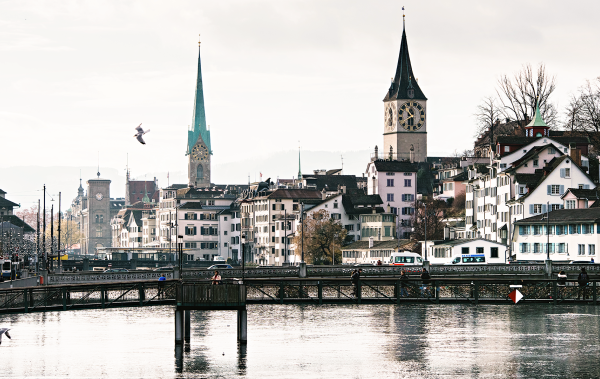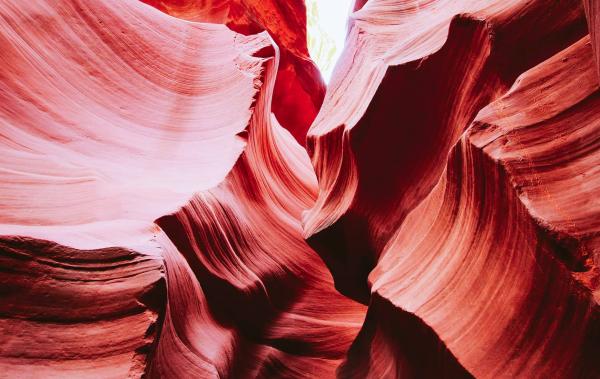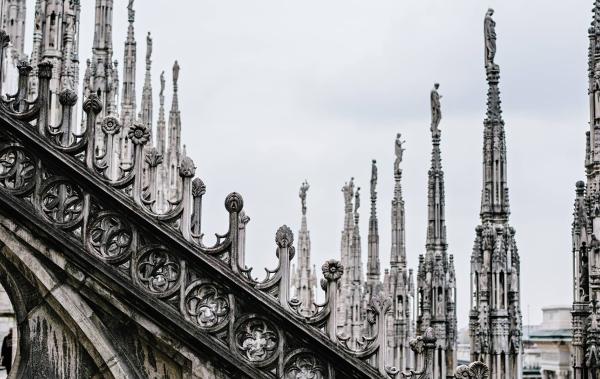Grand Paris Express: when art meets infrastructure
Market watch
Grand Paris Express: when art meets infrastructure
-
07 January 2021
-
Real Assets
-
Infrastructure
-
Paris
Reading time: 7 minutes
Paris, like many of the world’s great capitals, is facing a compelling mobility issue as urban populations swell.
To ease the pressure on its transport network, city leaders launched the Grand Paris Express infrastructure project, incorporating the construction of 68 new railway stations and 200km of track around the French capital. It is one of the largest infrastructure projects on the planet, intended to promote sustainable, inclusive economic development and create jobs.
Planners sought to reshape the city and create a new infrastructure network that would combine functionality with design and aesthetics by pairing architects with artists to work together and construct a unique traveller experience underlining the utilitarian aspect of the stations.
To finance the agenda-setting initiative, organisers established the Grand Paris Express Cultural and Endowment Fund to enable private sector donors to help turn the idea into reality.

Ardian was keen to contribute and pledged 1 million euros to sponsor the “tandem” pairings of Portuguese artist VHILS with French architect François Tamisier to work on the Orly Airport station, and French-Brazilian architect Elisabeth de Portzamparc with Danish artist Jeppe Hein, to work on Le Bourget RER station.
“There has been a tradition of combining art and architecture in infrastructure since the first Metros were built in Moscow, London and Paris,” comments Pierre-Emmanuel Becherand, the project’s Director of Design and Creation. “The work of artists and architects can bring real access to culture, and is a key tool in designing the city.”
Indeed, there is increasing awareness of the centrality of culture to sustainable urban development, exemplified by the 2019 debut of the “Rome Charter”. Co-founded by United Cities and Governments (UCLG), the international initiative asks policymakers to rethink their approach to culture and create more opportunities for people to enjoy their urban environments.
The work of artists and architects can bring real access to culture, and is a key tool in designing the city.
It points to the universal declaration of human rights, which states that each of us has “the right to participate fully and freely in cultural life,” and puts culture front stage in city design.
Here, the Grand Paris Express is ahead of the curve. “In addition to our structural ambition for transformation, we have a cultural ambition to construct a common imagination,” says artistic and cultural director, José-Manuel Gonçalvès. “The artworks of the train stations will be sublime as creative elements, but also in their relationship to the population: they all belong to a new chapter of the city’s history.”
Despite the ongoing Covid-19 pandemic, the hard work is well underway behind the scenes. We spoke to Portuguese artist VHILS and French architect François Tamisier to find out how the two are working together on designing and beautifying the Orly Airport train station.
What appealed to you about the project?
VHILS: “Creating art for a place where people meet is a dream project. The idea of forming a dialogue between building and art really appealed to me.
“My background is in street art; I started out as a graffiti artist and was exposed to lots of imagery in the form of graffiti, murals, billboards, etc. I noticed there were layers overlaying layers on every wall so I started to reflect on the passage of time on public space: why not do the opposite and remove layers, a little like archaeology.
“About five years ago I began developing this bas-relief technique where I go to a wall and carve pieces into them. On this project, I’ve gone a step further by working with concrete itself. It’s such a powerful and functional material, but it can take so many shapes.
“There’s a link to movement and transportation and the relationship between humans and the cities we live in, so for me it’s a natural progression.”
How have you been collaborating?
François: “In terms of process, there are some technical constraints imposed by the building’s structure, so we’ve had to continually adapt the form of the artwork from the initial concept. I’ve been guiding VHILS through the technicalities so he can maximise his creativity.”
The artworks of the train stations will be sublime as creative elements, but also in their relationship to the population: they all belong to a new chapter of the city’s history.
How has the project developed and evolved since its inception?
François: “The project was designed to be a reinterpretation of the central welcome frescoes usually displayed at airports, designed to greet millions of travellers. With this in mind, several discussions took place to decide on the most appropriate artist to welcome visitors to our capital city. We all agreed on VHILS. As a renowned Portuguese street artist, his work is famous around the world and popular for his humanistic approach to cities and their colourful inhabitants. Since his commission, we’ve been actively developing a plan for how the building and artwork will interplay.”
VHILS: “The piece is still under development, but the central idea is connection.
I’m making a piece in 3D which will change with the light in the day; extrusions will cast different images with shadows. There are parts that will be mostly viewed from above, and parts viewed from below.
“People will move around the artwork so it will be dynamic, and change with the different perspectives. The way you see it will depend on the position of the person, the time of day, and the light.
“We’re fine-tuning the details at the moment, but hoping that by the end of the year we’ll have final images. It’s a big piece of work.”
François: “The artwork will meld representations of Paris and people, and a clever interplay of angles and perspectives, the passenger will at times see a skyline or faces depending on where they are standing in the station.”
Creating art for a place where people meet is a dream project. The idea of forming a dialogue between building and art really appealed to me.
What are the key drivers for the project? What are you seeking to achieve by the collaboration?
François: “We’re looking to explore the link between the airport, urban fabric and city life."
“Rather than commissioning a piece of art to simply decorate the building, we want it to be part of the structure. It will be right at the heart of the passenger flow and position the airport as a gateway to the city, which it will be thanks to the Grand Paris Express line extension.”
What are the main challenges and how are you overcoming them?
François: “It will take a year to create a piece of artwork at this scale. VHILS is working in his studio in Lisbon, pouring and moulding the concrete layer by layer.
“When complete it will be shipped to Paris in two pieces to be installed. Of course, as the work is primarily constructed out of concrete it’s very heavy; it will weigh an estimated 139 tonnes. Hanging it safely is a challenge that we’re currently working with engineers to overcome.
The beauty of this project is that we are co-creating a work of art through constant dialogue. Even now, the final form hasn’t been confirmed as it continues to evolve.












